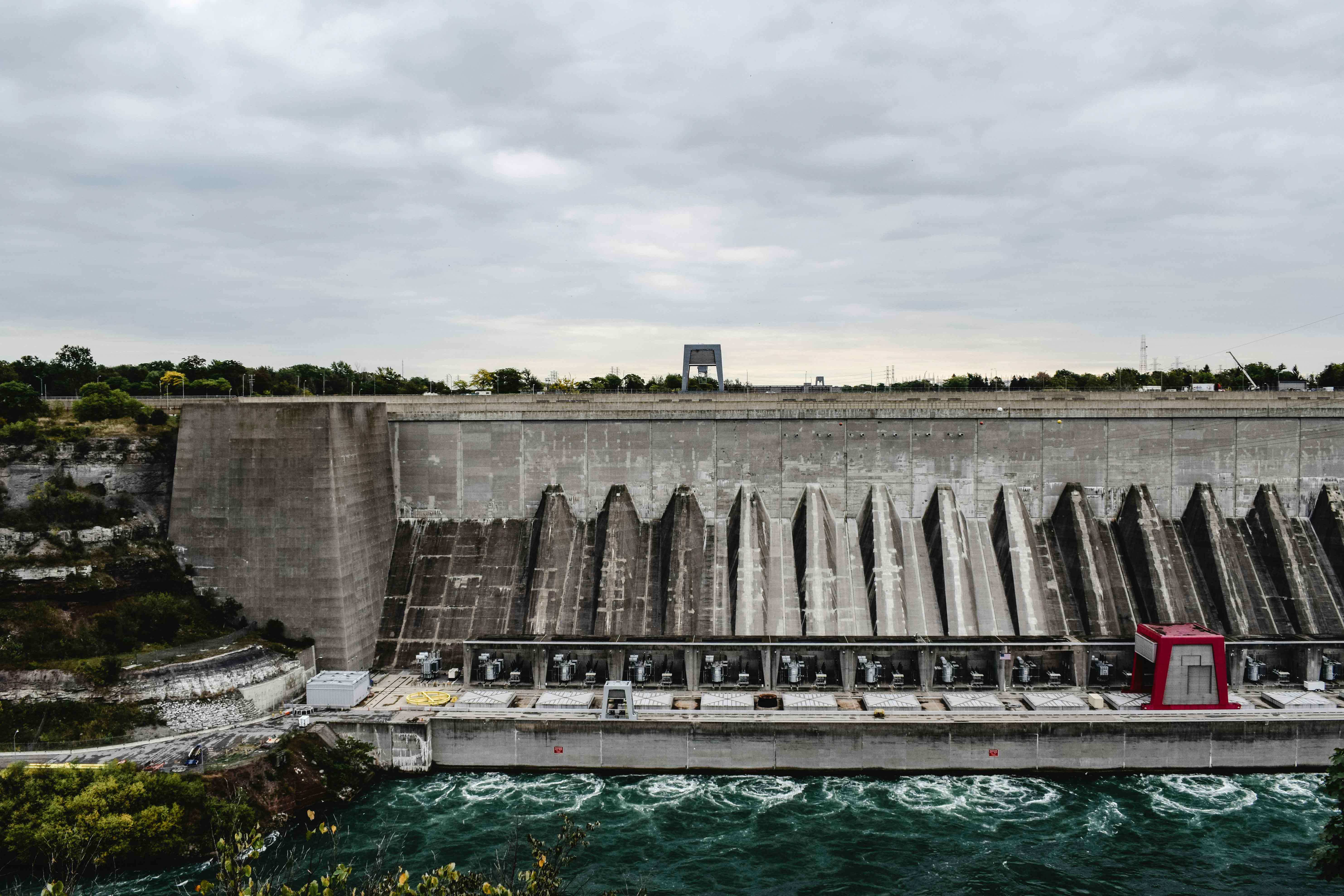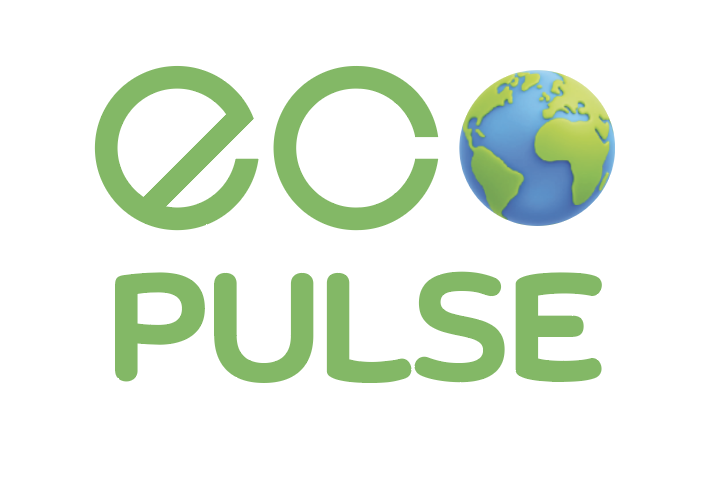Energy Sources
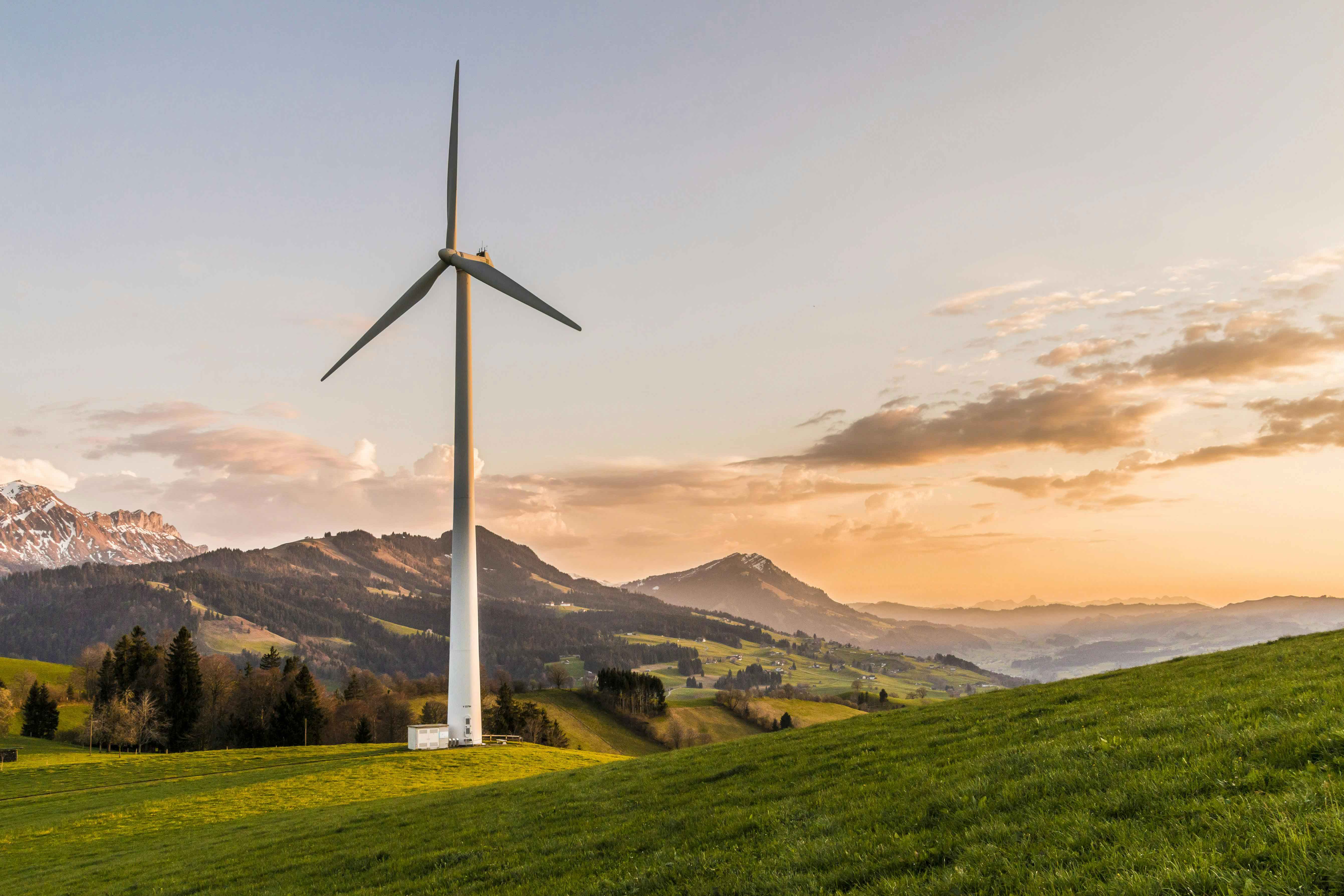
Wind Turbines
Wind turbines work a simplistic way, instead of using electricity to make wind, wind turbines use wind to make electricity. The wind helps create a force that spins the propeller-like blade of a turbine around a rotor. This rotor then spins a generator which creates electricity and is fed into a grid. These machines convert the kinetic energy of wind into electricity.
Wind turbines consist of five basic components. First is the foundation, it is a heavy structural block typically made of concrete that supports the turbine. Second, the tower is usually made of steel, although wood, which is an eco-friendlier material, can also be used. The tower contains power cables. The nacelle is located on top of the tower and houses key mechanical elements like the gear box and generator. The rotor and hub are what spins the generator to create electricity. Finally, the blades are located at the top of the turbine and catch the wind to spin the rotor.
According to a report from the National Renewable Energy Laboratory, wind turbines are predominantly made of 66-79% steel, 11-16% fiberglass, and 5-17% iron or cast iron. A small percentage of copper and aluminum can also be found within wind turbines. Majority of the material used to build wind turbines are domestically sources in the United States, but many of the small internal parts are typically imported.
USGS. “What Materials Are Used to Make Wind Turbines?” Www.usgs.gov, 2023, www.usgs.gov/faqs/what-materials-are-used-make-wind-turbines.
Enel Green Power. “Wind Turbine.” Www.enelgreenpower.com, 2023, www.enelgreenpower.com/learning-hub/renewable-energies/wind-energy/wind-turbine.
Solar Energy
Solar energy is energy from the sun that is converted into thermal or electrical energy. Solar energy is the most accessible, abundant, and cleanest renewable energy source available. Solar energy can capture energy for a variety of uses that include generating electricity, providing light, and heating water for domestic, commercial, or industrial use. Solar technologies convert sunlight into electrical energy through photovoltaic panels or through mirrors that concentrate solar radiation.
There are two basic types of solar panels, Photovoltaics Basics and Concentrating Solar-Thermal Power Basics. Photovoltaics Basics is when a sun shines onto a solar panel, energy is then absorbed by the PV cells within the panel. This then creates electrical charges that move as a response to an internal electrical field in the cell, causing electricity to flow. Concentrating Solar-Thermal Power Basics use mirrors that reflect and concentrate sunlight onto receivers that collect solar energy and convert it to heat. This is then used to produce electricity or store for later use. This is primarily used in large power plants.
“Solar Energy.” SEIA, 5 Sept. 2024, seia.org/initiatives/about-solar-energy.
Solar Energy Technologies Office. “How Does Solar Work?” Energy.gov, U.S. Department of Energy, 2025, www.energy.gov/eere/solar/how-does-solar-work
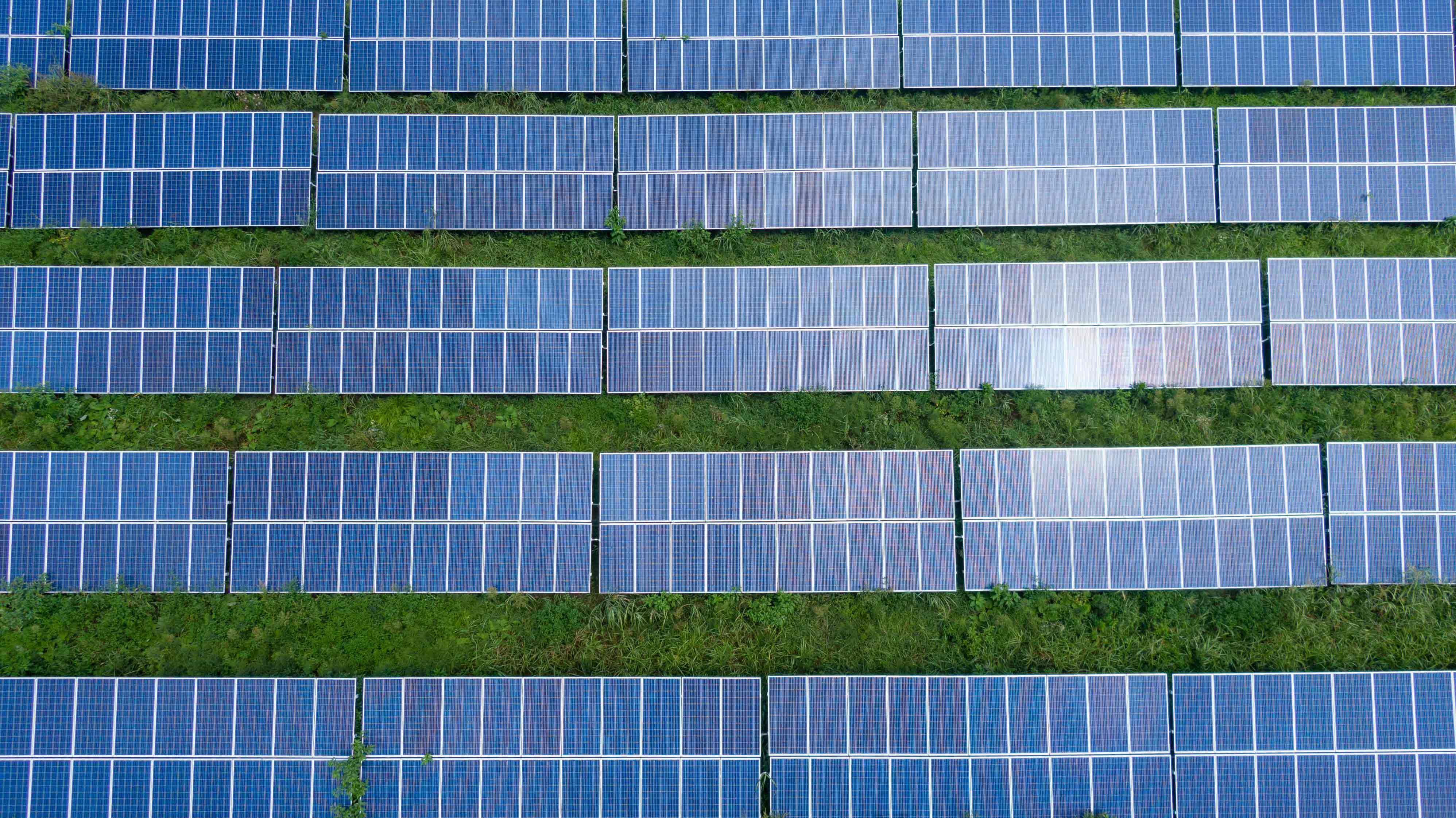

Wind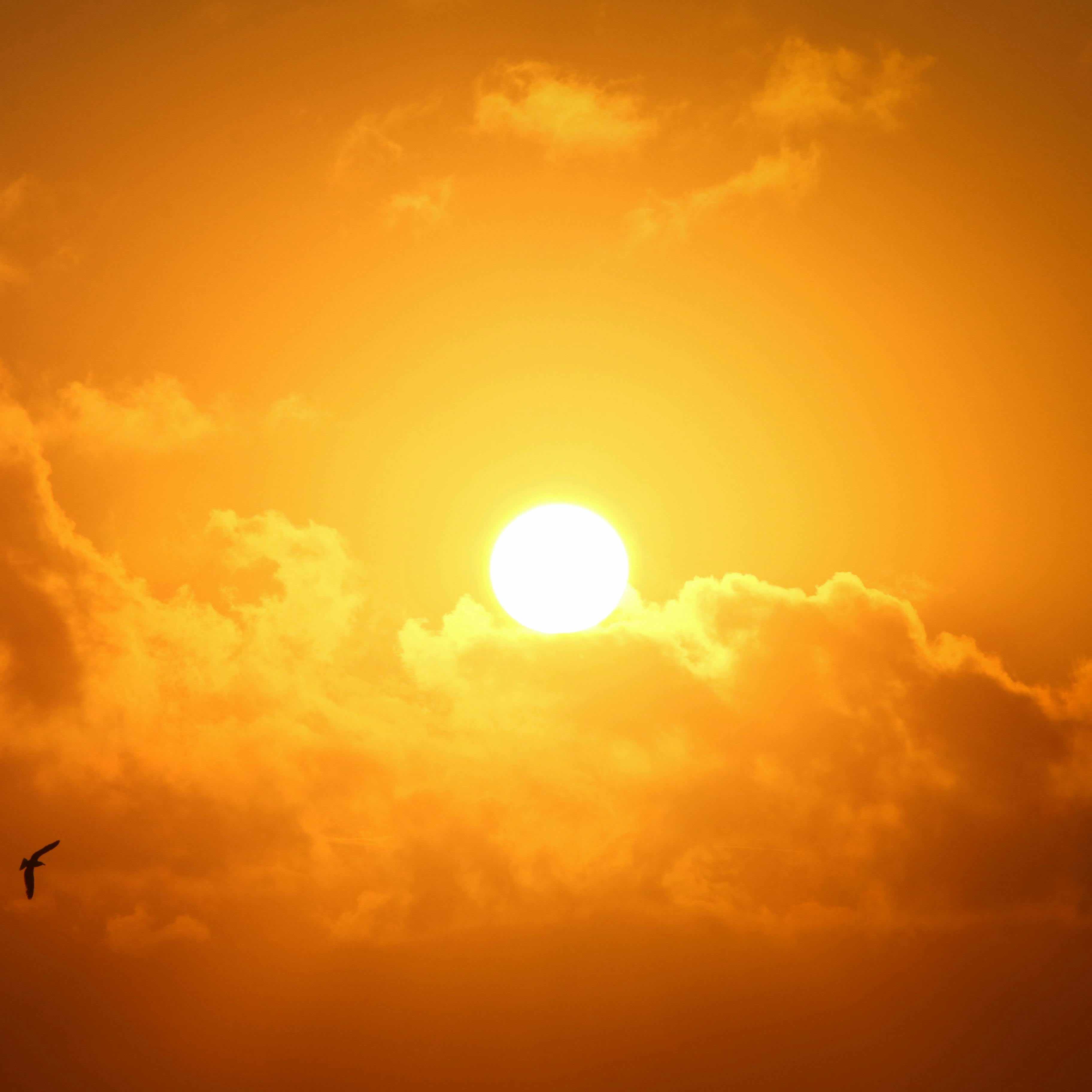
Solar
Tidal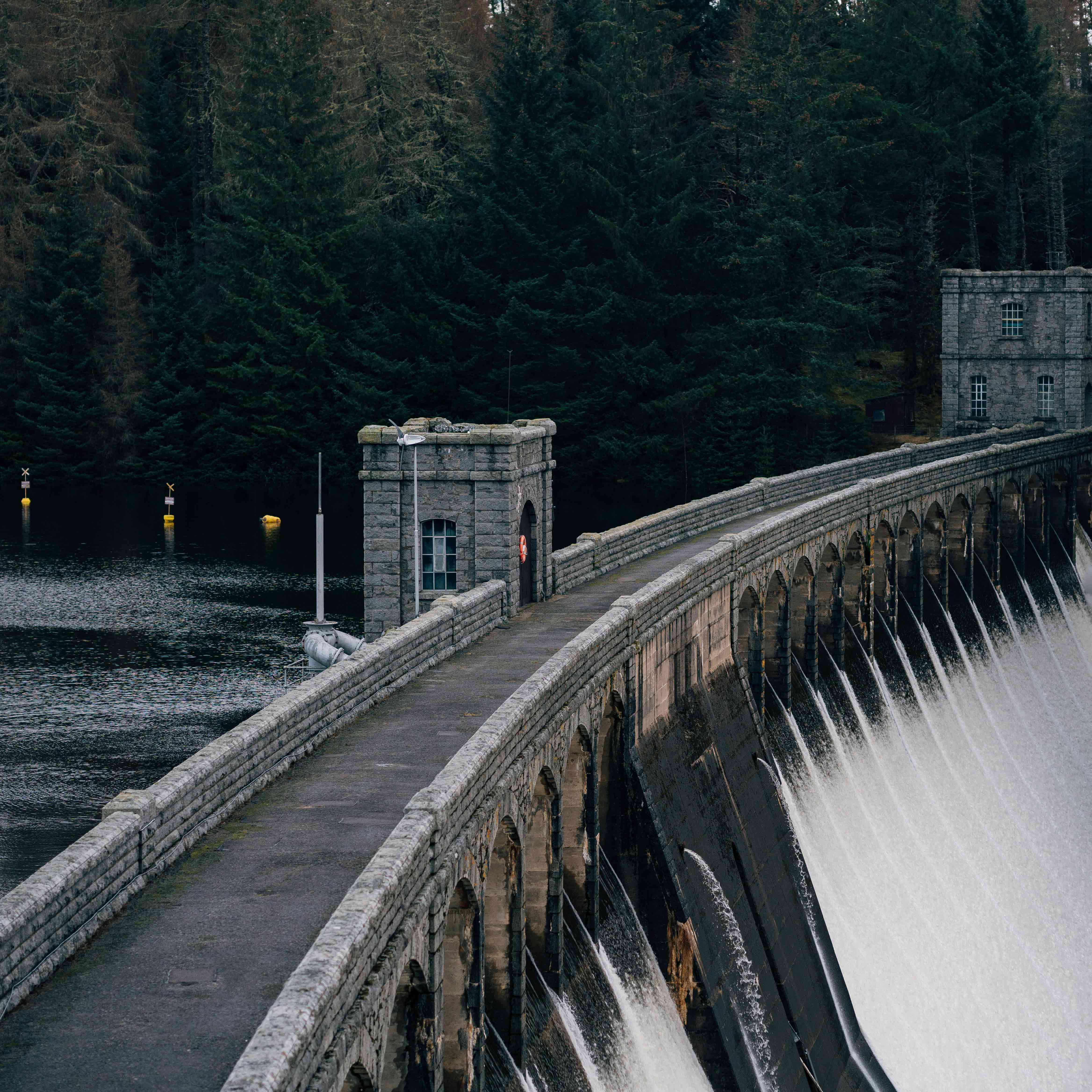
Hydro
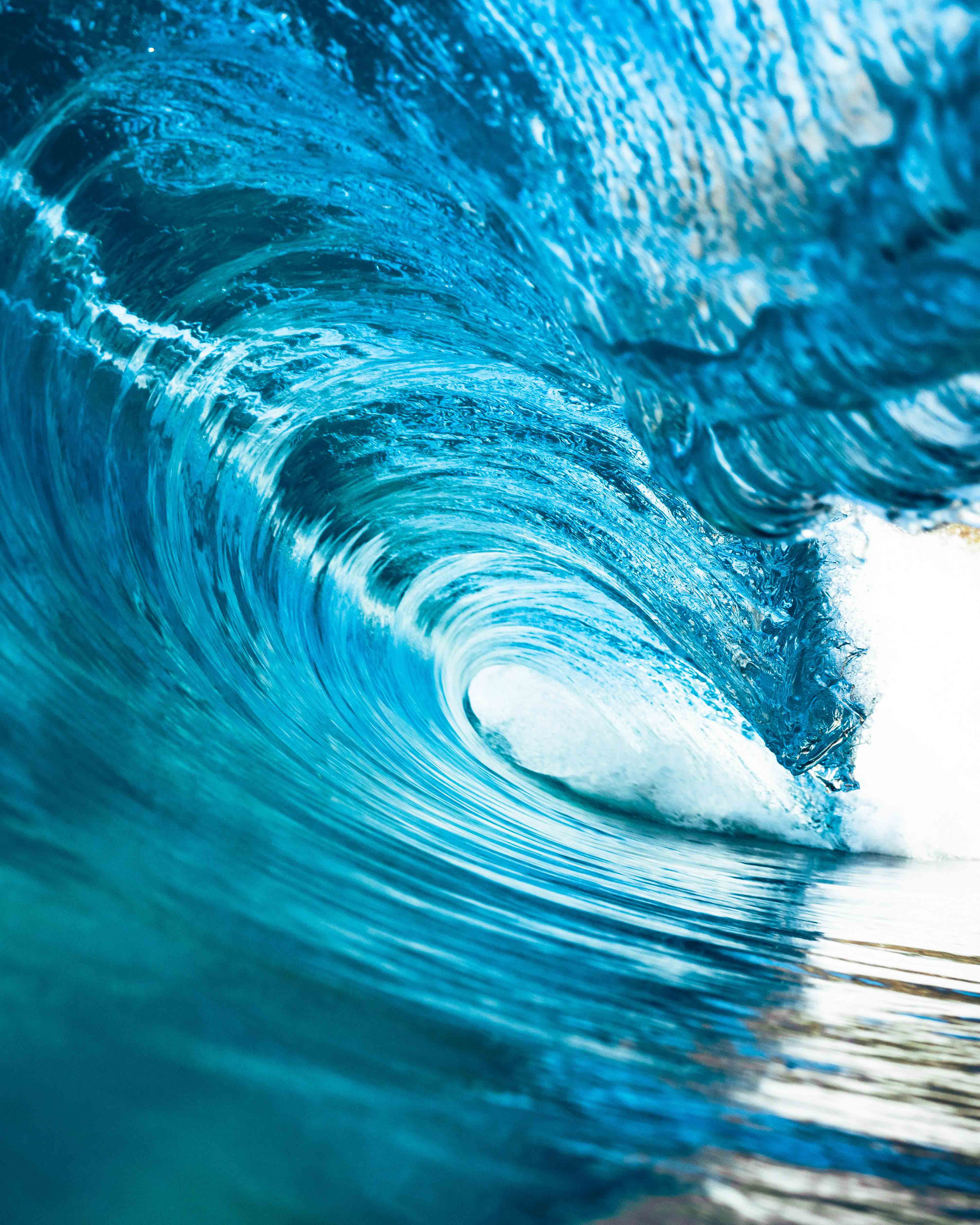
Tidal Energy
Tidal energy is a form of power produced by the natural rise and fall of tides caused by the gravitational interaction between Earth, the sun, and the moon. Tidal currents with sufficient energy for harvesting occur when water passes through a constriction, causing the water to move faster. The Water Power Technologies Office of the Department of Energy estimates that energy from waves, tides, and ocean currents have the combined potential to generate enough electricity to power millions of homes.
Tidal energy represents a significant opportunity to grow the world’s renewable power generation supply. As countries continue to develop, and the global population continues to rise, so will a need for electricity. Tidal energy can potentially supply a significant amount of future electricity needs.
Pacific Northwest National Laboratory. “Tidal Energy.” www.pnnl.gov, 29 Sept. 2021, www.pnnl.gov/explainer-articles/tidal-energy.
Hydropower
Hydropower is one of the oldest and largest sources of renewable energy. Hydropower uses the natural flow of water to generate electricity. Hydropower currently creates 27% of U.S. utility-scale renewable energy. Hydropower technologies are able to create electricity by using elevation difference. By creating a dam or diversion structure, water flows on one side and flows out on the other much lower. Hydropower is more cost-effective since it relies only on the energy of moving water.
Hydropower plants can provide power to the grid immediately. This serves as a flexible and reliable form of backup during major outages or disruptions. Hydropower also has a variety of other benefits besides electricity generation. This included flood control, irrigation support, and water supply.
US Department Of Energy. “Hydropower Basics.” Energy.gov, Office of Energy Efficiency & Renewable Energy, 2024, www.energy.gov/eere/water/hydropower-basics.
